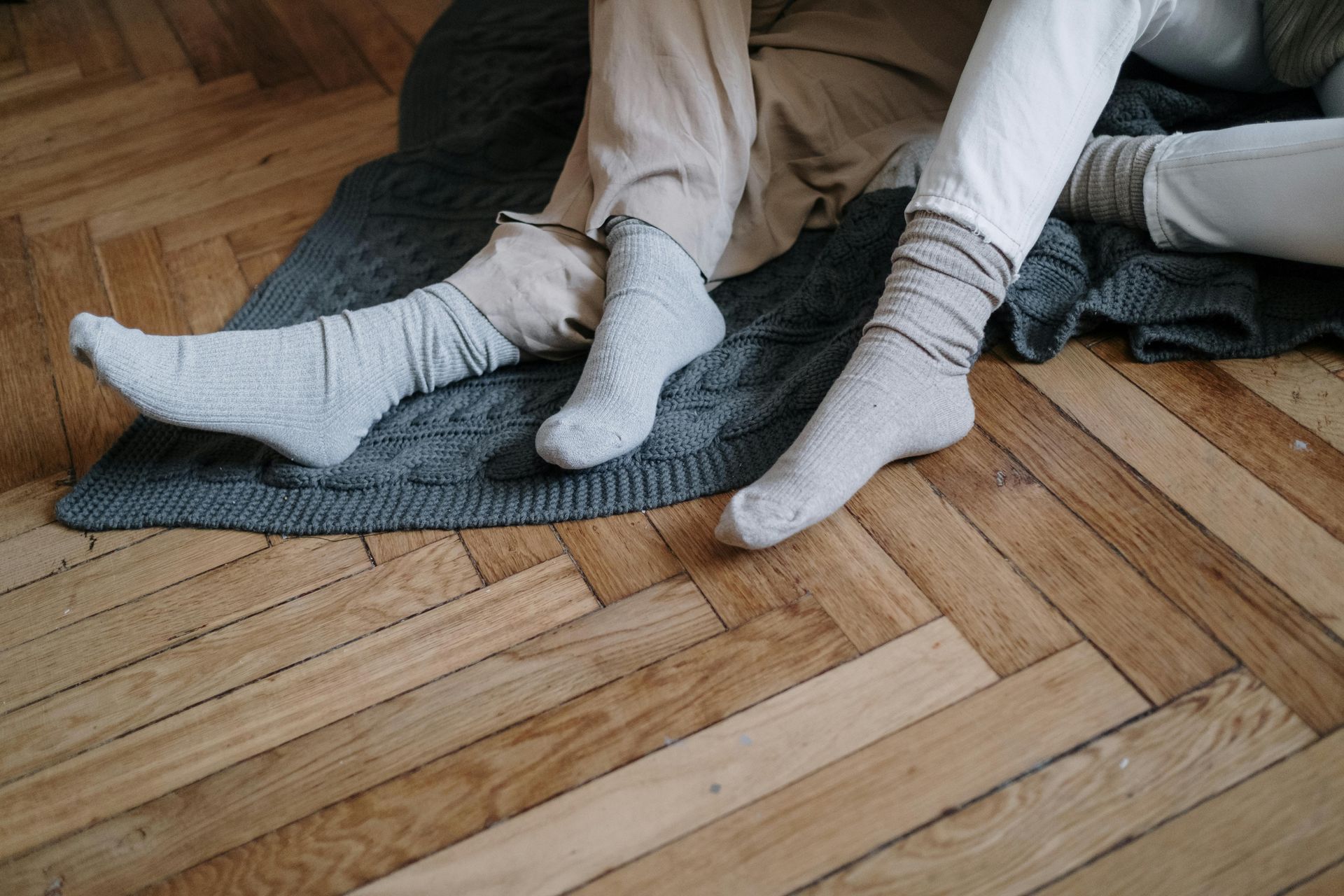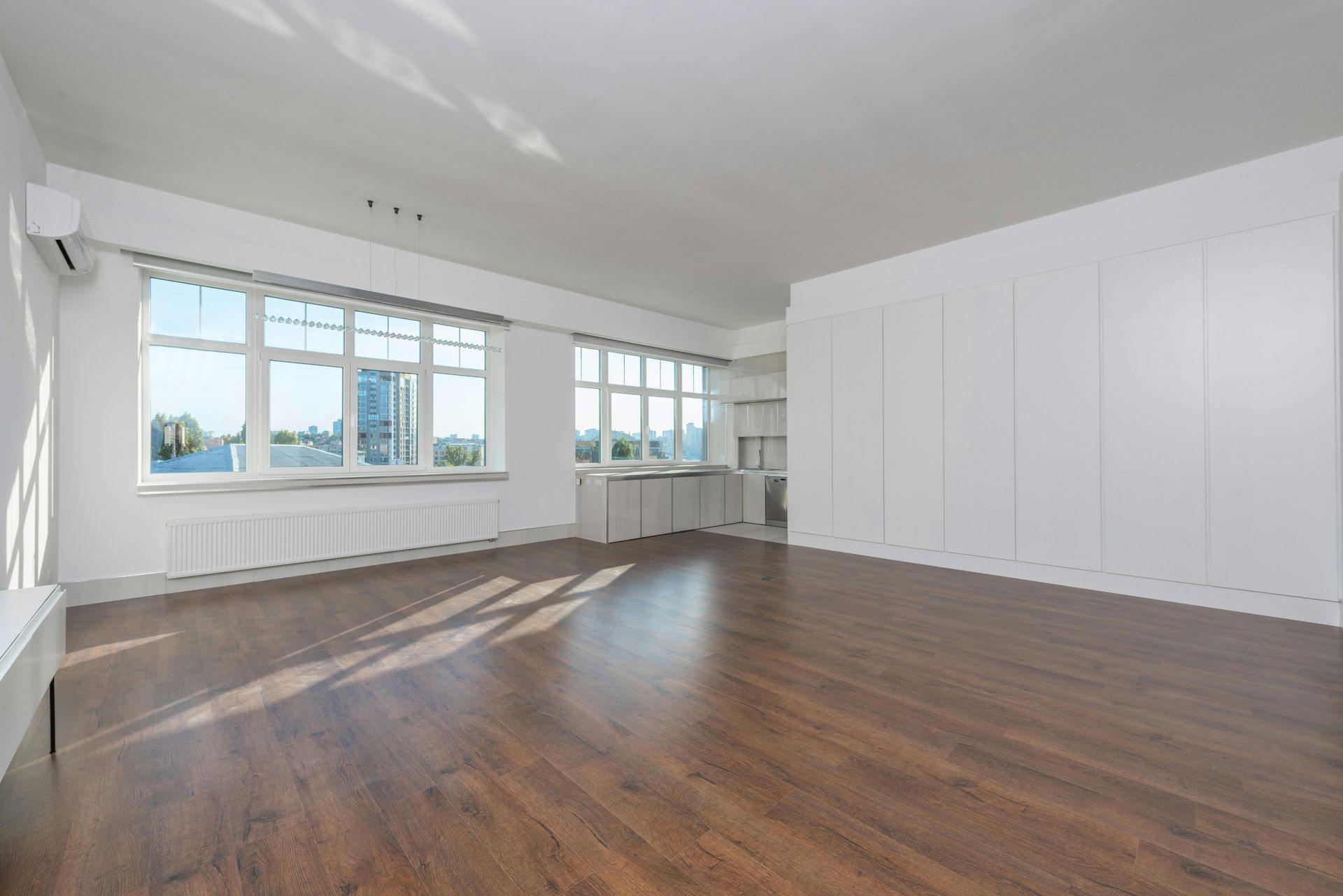Expert Tile Installation in Madison, WI: Tips and Tricks for a Flawless Finish

When it comes to enhancing the aesthetics and functionality of your home, few things compare to the elegance and durability of expertly installed tile. Whether you're renovating your kitchen, bathroom, or any other space, the quality of tile installation can make or break the overall look and feel of your home. If you're in Madison, WI, and considering a tile project, this comprehensive guide will provide you with essential tips and tricks to achieve a flawless finish.
Why Choose Tile Flooring?
Tile flooring is a popular choice among homeowners for several reasons:
- Durability: Tiles are resistant to water, stains, and wear, making them ideal for high-traffic areas like kitchens and bathrooms.
- Aesthetics: Available in a wide variety of colors, patterns, and textures, tiles can complement any interior design.
- Easy Maintenance: Tiles are easy to clean and maintain, requiring only regular sweeping and occasional mopping.
- Value Addition: Properly installed tiles can increase the resale value of your home.
However, to enjoy these benefits, proper installation is crucial. Let’s delve into the essential aspects of expert tile installation in Madison, WI.
Preparing for Tile Installation
Before you begin the installation process, thorough preparation is key to ensuring a flawless finish.
- Choosing the Right Tile:
- Consider the room’s purpose when selecting tiles. For example, porcelain tiles are highly durable and water-resistant, making them perfect for bathrooms.
- Take into account the room size. Larger tiles can make a small room appear more spacious, while smaller tiles can add detail to larger spaces.
- Don’t forget about slip resistance, especially in areas like bathrooms and kitchens.
- Surface Preparation:
- Ensure the subfloor is clean, dry, and level. Any imperfections in the subfloor will affect the final finish of the tile installation.
- If you're installing tiles on a concrete floor, repair any cracks and apply a primer to improve adhesion.
- For wood subfloors, underlayment is necessary to provide a stable surface for the tiles.
- Gathering the Right Tools and Materials:
- Ensure you have all necessary tools, such as a tile cutter, notched trowel, grout float, and spacers.
- Purchase enough tiles to cover the entire area, plus an additional 10% for waste and cuts.
- Select a high-quality adhesive and grout that is appropriate for the type of tile you're installing.
Step-by-Step Tile Installation Process
Now that you’re prepared, it’s time to dive into the installation process.
1. Dry Laying the Tiles:
- Before applying adhesive, lay out the tiles to determine the best layout. This helps in visualizing the final look and minimizing cuts.
- Start from the center of the room and work your way outwards. Use spacers to maintain consistent grout lines.
2. Mixing and Applying Adhesive:
- Follow the manufacturer’s instructions for mixing the adhesive. It should have a smooth, peanut butter-like consistency.
- Apply the adhesive using a notched trowel, holding it at a 45-degree angle to ensure even coverage.
- Only spread enough adhesive for a few tiles at a time to prevent it from drying out before the tiles are laid.
3. Laying the Tiles:
- Press each tile firmly into the adhesive, giving it a slight twist to ensure a strong bond.
- Use spacers between tiles to maintain even grout lines.
- Continuously check for levelness, making adjustments as necessary.
4. Cutting Tiles:
- Measure and mark tiles that need to be cut to fit around edges, corners, or fixtures.
- Use a tile cutter for ceramic tiles and a wet saw for porcelain and stone tiles.
- Smooth any rough edges with a rubbing stone.
5. Allowing the Adhesive to Set:
- After laying all the tiles, allow the adhesive to set for at least 24 hours. Avoid walking on the tiles during this time.
6. Grouting the Tiles:
- Once the adhesive is set, remove the spacers and clean the tiles to remove any excess adhesive.
- Mix the grout according to the manufacturer’s instructions and apply it using a grout float, pressing it into the joints.
- Wipe away excess grout with a damp sponge, rinsing frequently to keep the tiles clean.
7. Sealing the Grout:
- After the grout has cured (typically after 48 hours), apply a grout sealer to protect it from stains and moisture.
- Reapply the sealer every year or as recommended to maintain its effectiveness.
Tips for a Professional Finish
- Work in Small Sections: To prevent adhesive and grout from drying out, work in small, manageable sections.
- Use Tile Spacers: Consistent grout lines are essential for a professional-looking finish. Tile spacers help maintain uniformity.
- Check for Levelness: Regularly check that the tiles are level as you work. Uneven tiles can detract from the final appearance.
- Clean as You Go: Grout can be difficult to remove once it dries on the tile surface, so clean as you go to avoid extra work later.
Hiring a Professional vs. DIY
While DIY tile installation can be rewarding, it’s not without its challenges. Here’s why hiring a professional might be the best choice:
- Expertise: Professional installers have the skills and experience to handle complex layouts and challenging spaces.
- Time-Saving: A professional team can complete the installation much faster than a DIY approach.
- Quality Assurance: With a professional, you can expect a flawless finish that stands the test of time.
If you’re in Madison, WI, and looking for expert tile installation services, consider Floors for Less. Our team is dedicated to delivering high-quality craftsmanship and exceptional customer service. Visit us at Tile Installation Madison WI to learn more about our services.
FAQs
How long does tile installation take?
The duration depends on the size and complexity of the project, but typically it takes 2-5 days.
Can tile be installed over existing flooring?
It depends on the condition of the existing floor. If it's level and free of debris, tiles can be installed over it.
What type of tile is best for high-moisture areas?
Porcelain and ceramic tiles are ideal for bathrooms and kitchens due to their water resistance.
How do I maintain my tile floors?
Regular sweeping and mopping with a mild detergent will keep your tile floors looking their best. Apply grout sealer annually to protect the grout.
Do I need to seal all types of grout?
Yes, sealing grout helps to prevent stains and moisture from penetrating, especially in high-traffic areas.
By following these tips and tricks, you can achieve a flawless tile installation that enhances the beauty and value of your home. Whether you choose to tackle the project yourself or hire a professional, the key to success lies in careful preparation, attention to detail, and the use of quality materials.







